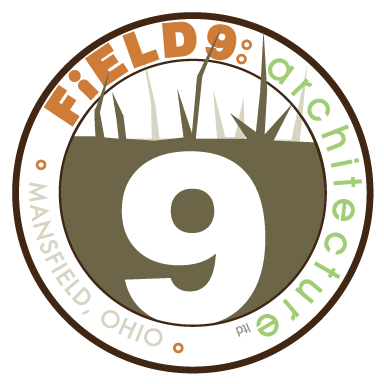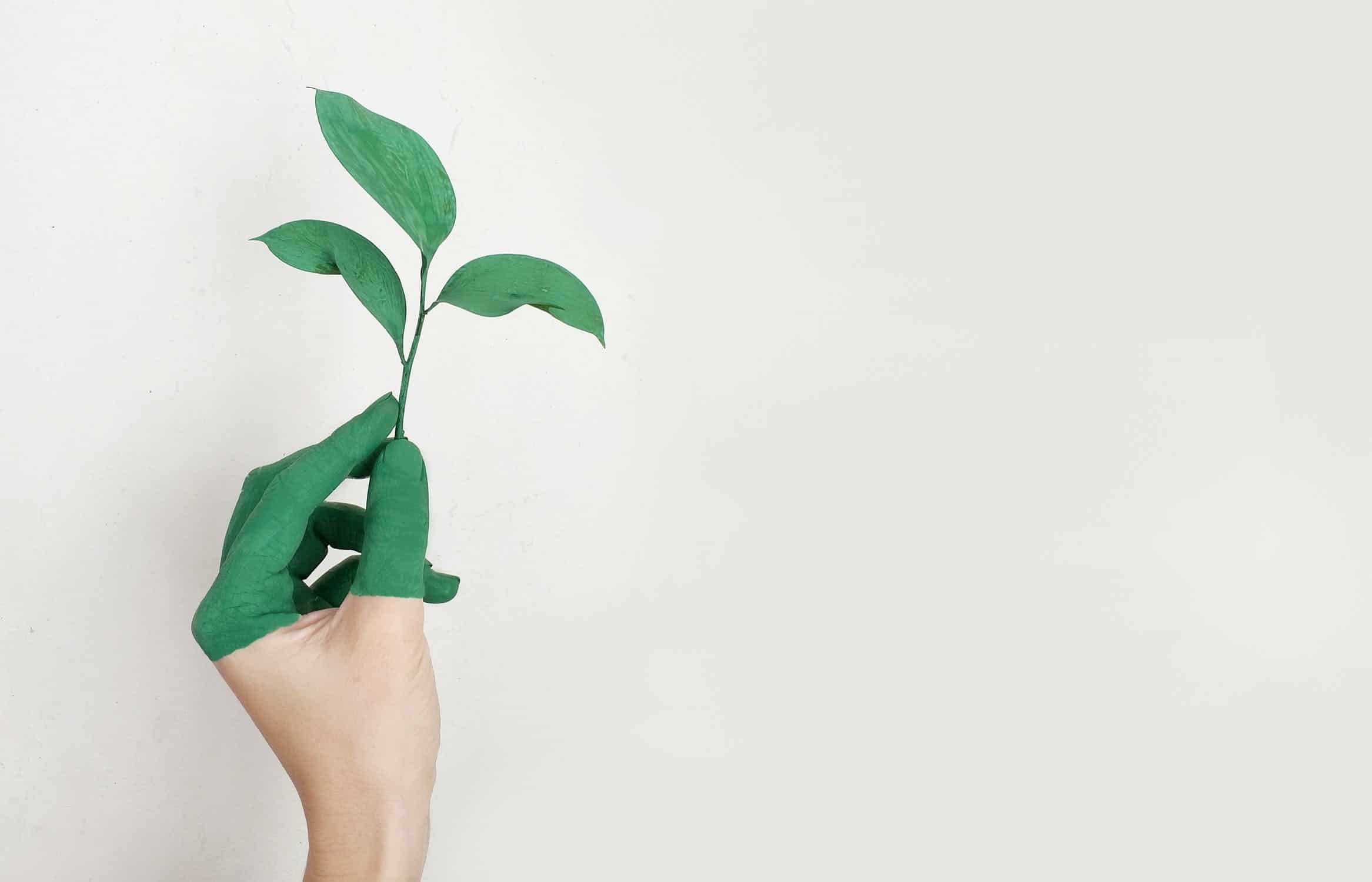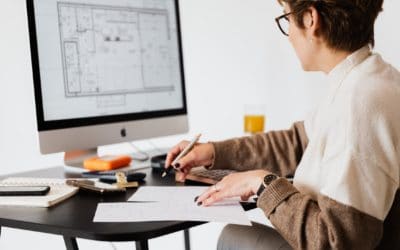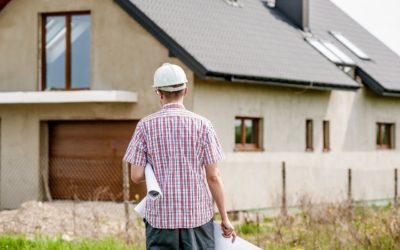Environmentally-conscious clients who are looking to build a home have many options. On one end of the spectrum is a conventional home with some energy efficient appliances. On the other end is the Living Building Challenge, for which a building must prove to be self-sufficient in energy and water for 12 months plus meet rigorous standards for building materials and indoor environment before certification. Likely your client will want something in the middle. In between these two are several types of high performance homes that could serve your client.
The type of energy efficient home you and your client may be most familiar with is that of LEED, or Leadership in Energy and Environmental Design. This is a green building certification system which verifies that a number of metrics have been met, including: energy savings, water efficiency, carbon dioxide emissions reduction, improved indoor environmental quality, and stewardship of resources and sensitivity to their impacts.
Clients may have interest in this technique because of its commitment to building with green materials. They would also appreciate the return on investment and higher resale value of their home. However, LEED certification does not look at final energy performance. A client in search of continued energy efficiency may need to look to other models.
The style that puts its proven energy efficiency into its name is the Net-Zero home. To be Net-Zero, of course, a building must produce as much energy as it consumes. This is frequently achieved with green technology like solar panels. This does not mean, however, that the building itself is built to be energy efficient, or built with green materials.
While clients may be wowed by the energy cost savings, they may balk at the upfront building costs, which can be prohibitive. They may also want a home constructed with more thought given to the environment.
A high performance home model that takes into consideration energy efficiency, environmental impact, and cost is the Passive House standard. Passive House can save clients 60-80% in energy costs by creating a well-insulated, well-ventilated, airtight building that makes efficient use of the sun’s energy. Clients should know that its temperature consistency makes a Passive House more comfortable than a conventional house and that these homes are known for their excellent indoor air quality. These attributes make them very healthy homes to live in.
Like all high performance homes, a Passive House home will cost more to construct than a conventional home. But with the large energy cost savings, clients can expect a return on investment in 8-10 years. Not only that, but they can rest with the peace of mind that they are stepping lightly on the Earth and doing their part to combat global climate change.
When working with clients who are ecologically minded, consider the Passive House standard as a viable option for them. Architects at FiELD9: architecture are certified Passive House consultants and can assist you and your clients in their path to a new eco-friendly, high performance home.






Recent Comments